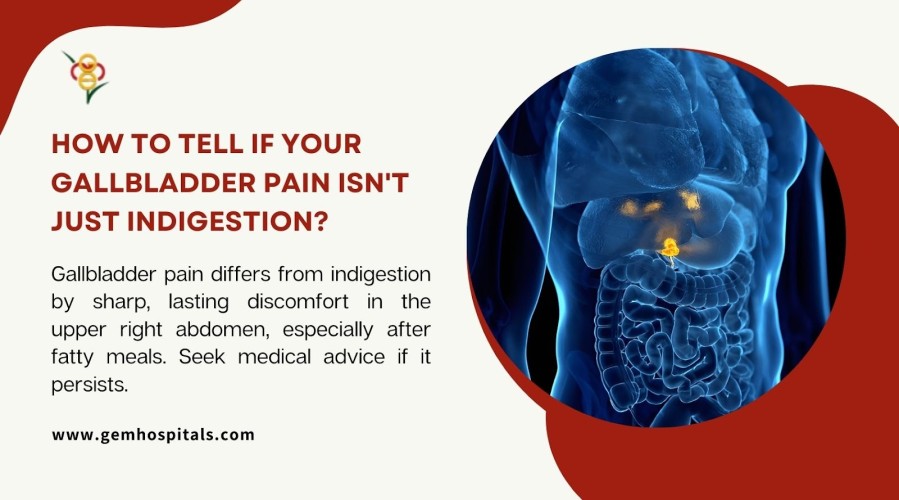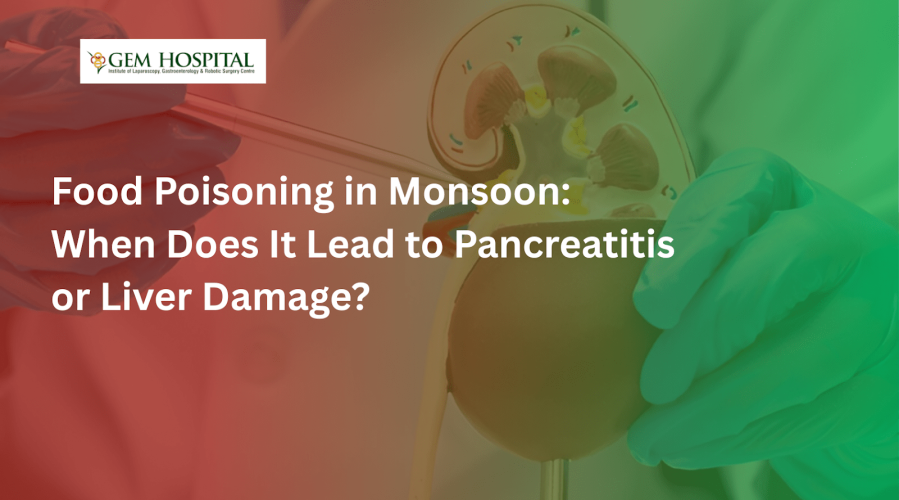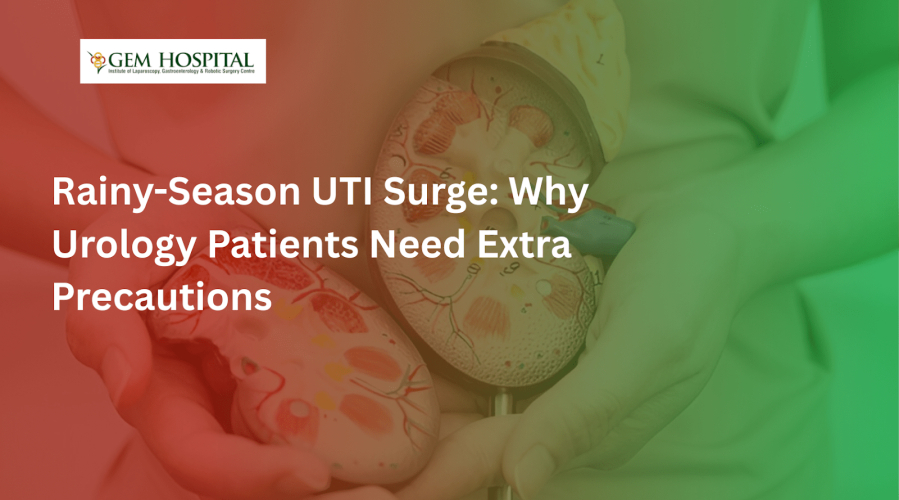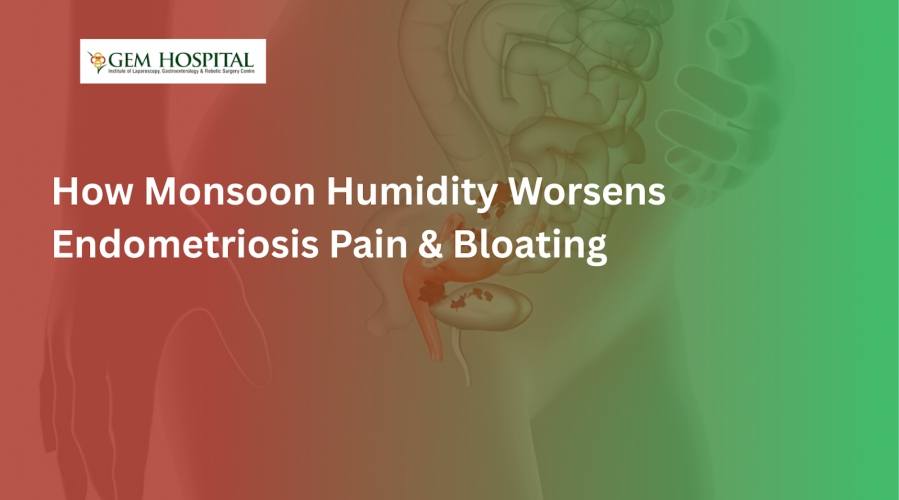Food poisoning is common during the monsoon. Learn when it becomes serious, how it can lead to pancreatitis or liver damage, warning signs, and when to seek medical care.
How to Tell if Your Gallbladder Pain Isn't Just Indigestion

It is a common thing for people to experience gallbladder pain and indigestion, which causes many to disregard severe symptoms as just a digestive problem. But it is important to know the difference between the two for your wellbeing. Where indigestion results from eating too much, taking spicy foods or being under stress, then gallbladder problems may signal something more sinister such as gallstones or inflammation of the gallbladder. In this article, we’ll guide you through how to differentiate between discomfort that may be gallbladder related and when it is time to go to the doctor.
Understanding the Gallbladder and Its Role
The gallbladder is a small, pear-shaped organ situated beneath your liver which holds the bile, a digestion juice secreted by the liver. The gallbladder releases bile when you consume foods that contain fats or are rich in fats. Problems occur when bile is unable to move around the body because of obstructions, which are commonly gallstones. When this occurs, it can cause severe pain and many other symptoms that can easily be mistaken for indigestion.
Symptoms of Gallbladder Pain vs. Indigestion
This is because gallbladder pain is felt in the upper right abdomen, the same area that indigestion is experienced. However, there are key differences to watch for:
1. Location of Pain
Indigestion: Mostly leads to upper abdominal burning pain, behind the breastbone, and may be accompanied by bloating and burping.
Gallbladder Pain: Well known as a sudden intense discomfort in the upper right quadrant of the abdomen, specifically below the rib line. This pain can shift to your back or the right shoulder.
2. Pain Duration
Indigestion: Usually, it subsides after taking a meal or when the patient has taken some antacids.
Gallbladder Pain: Lasts longer, for several hours, and is unresponsive to over the counter antacids for indigestion.
3. Timing of Pain
Indigestion: Most commonly associated with food and particularly after taking a meal especially when we have taken spicy, oily or fatty foods.
Gallbladder Pain: May begin shortly after eating but it can also be unpredictable, even when the person is not eating.
4. Other Symptoms
Indigestion: Comes along with burning feeling in the chest, bloating and feeling of fullness.
Gallbladder Pain: May also be associated with nausea, vomiting, fever, chills, and jaundice (yellowing of the skin and eyes).
Gallbladder-Related Conditions
However, gallstones are not the only cause of the discomfort in the gallbladder, there are other conditions that can cause pain. Some of these include:
- Cholecystitis: An inflammation of the gall bladder that is commonly attributable to the formation of gallstones that block the bile ducts.
- Choledocholithiasis: Stones that obstruct the bile duct and cause pain, infection, and at times jaundice.
- Gallbladder Cancer: A very unusual disease that can also cause pain that is similar to gallstones.
Diagnosis and Treatment
When your doctor thinks you might have a gallbladder problem, he or she may do an ultrasound or blood test or CT scan to be sure. Treatment for gallbladder problems often includes:
- Dietary Changes: Cutting down on the amount of fatty foods consumed in order to alleviate the symptoms.
- Medications: For the dissolution of small gallstones or for treatment of inflammation.
- Surgery: In some cases, the gallbladder will have to be surgically removed through an operation known as cholecystectomy.
Even though indigestion is usually not dangerous, gallbladder pain can signal a problem. Take note of the place, time, and other signs of your pain. If it does continue, seek medical attention in order to receive the correct diagnosis and treatment. Failure to get these signs treated may lead to other complications such as infections or other more serious illnesses. Do not wait until the pain gets to be too much to go out and get help.
If you feel this type of pain in your stomach every now and then, it is wise that you go to Gem Hospital and make an appointment. This is why it is important to get diagnosed early so as to avoid complications and have you back on your feet.
Blogs & Article
UTI cases often rise during the rainy season. Learn why urology patients need extra precautions, common causes, symptoms, and prevention tips to stay healthy during monsoon.
Monsoon humidity can worsen endometriosis pain and bloating. Learn how weather changes affect symptoms and discover practical tips to manage discomfort during the rainy season.


